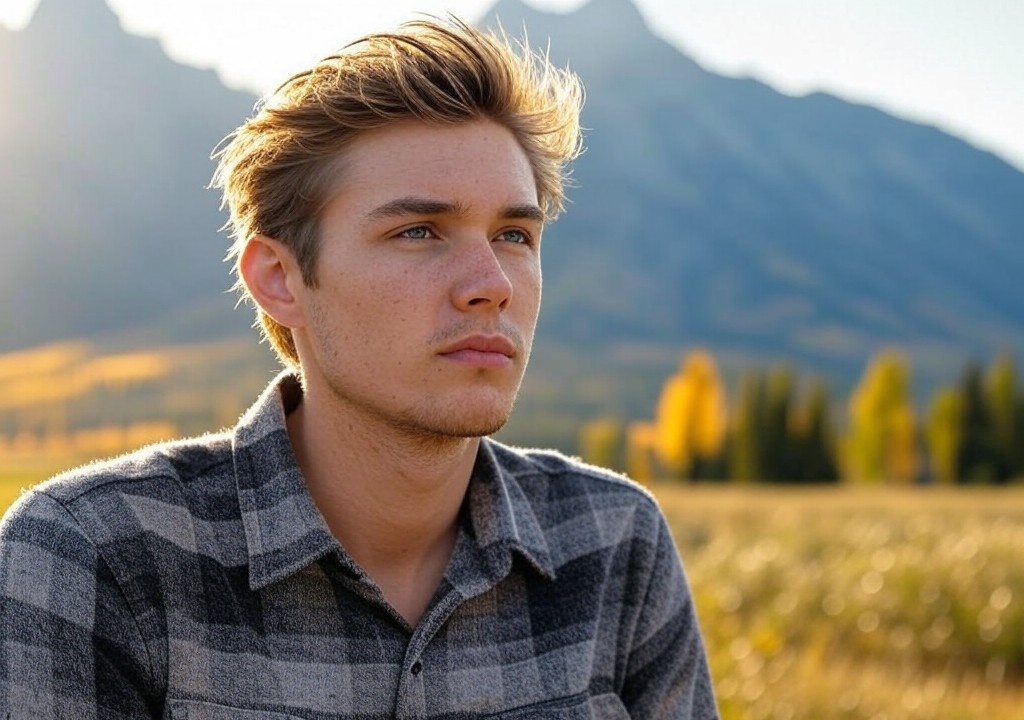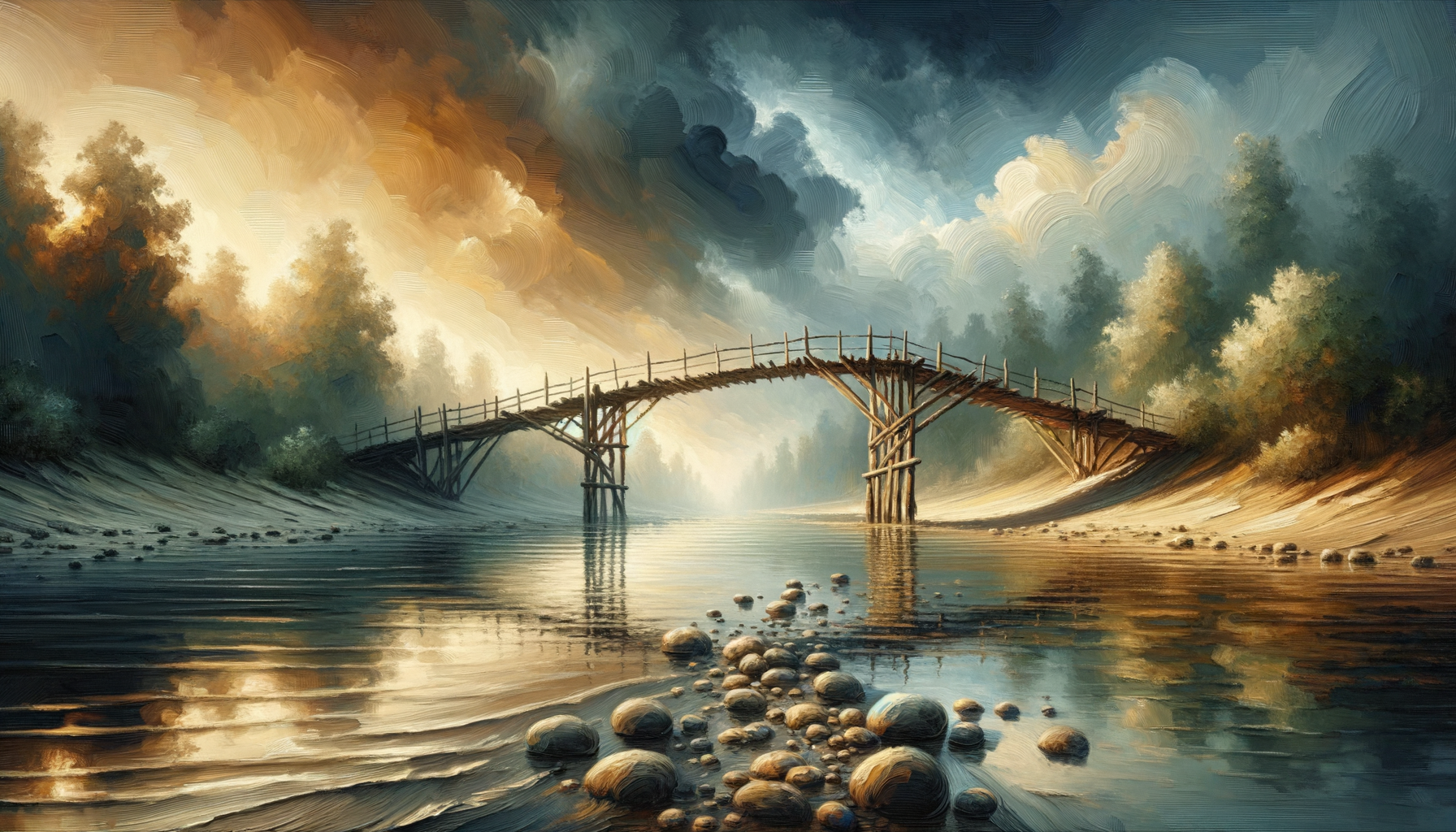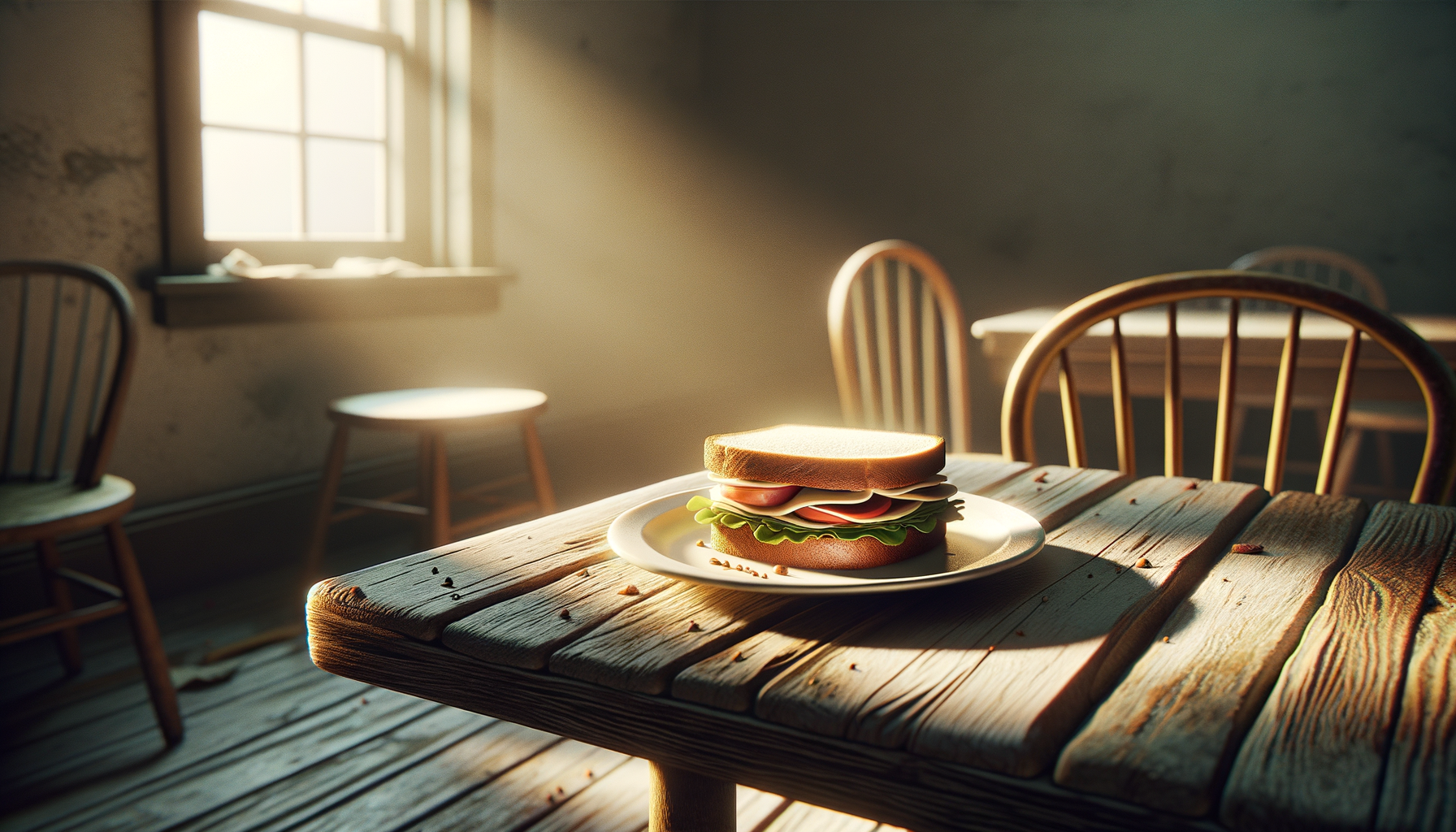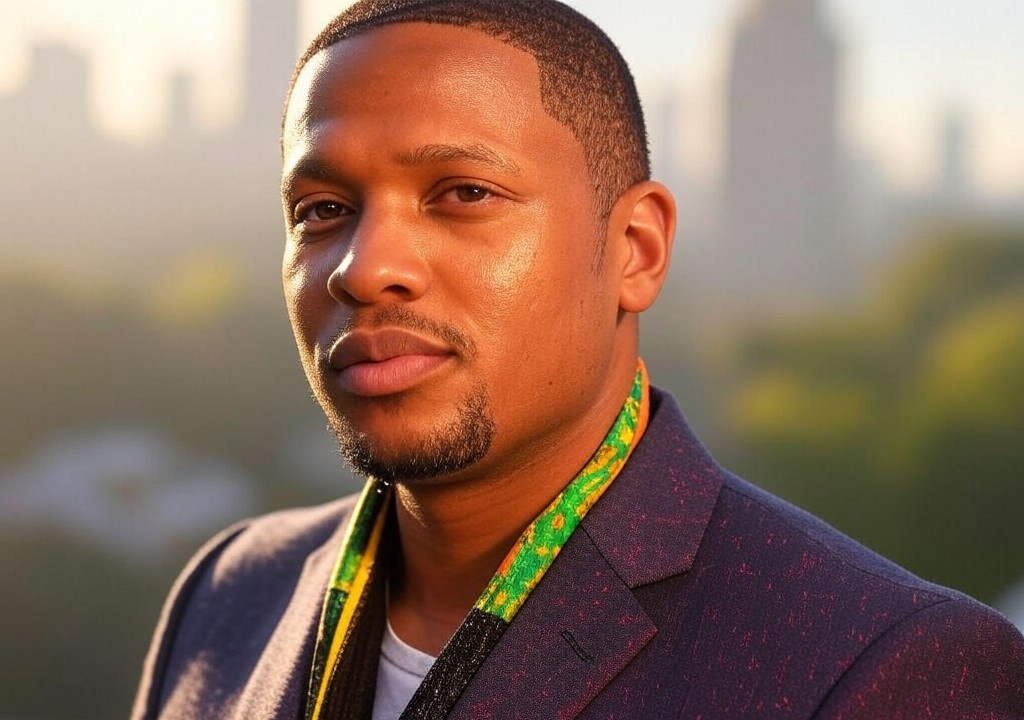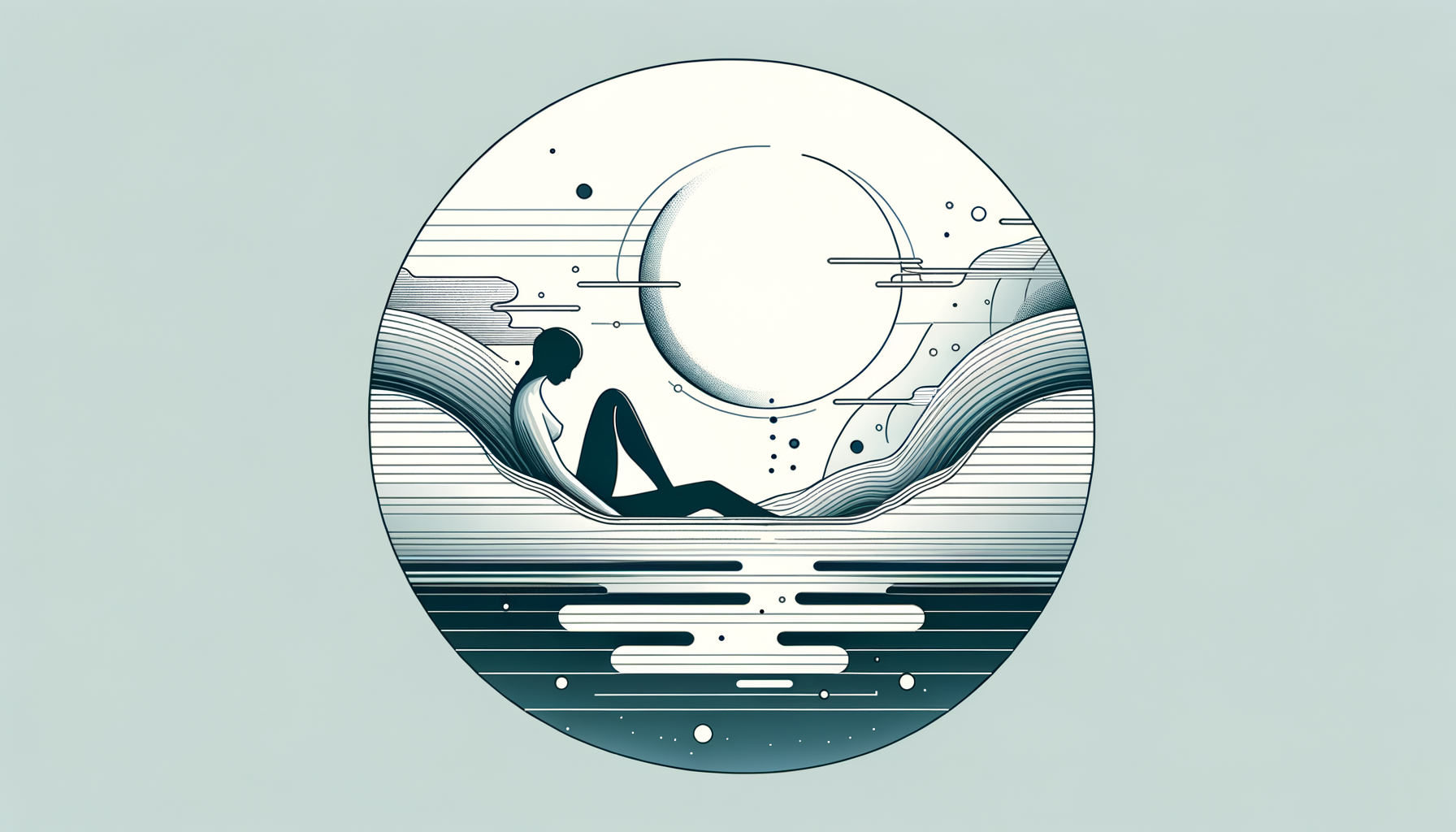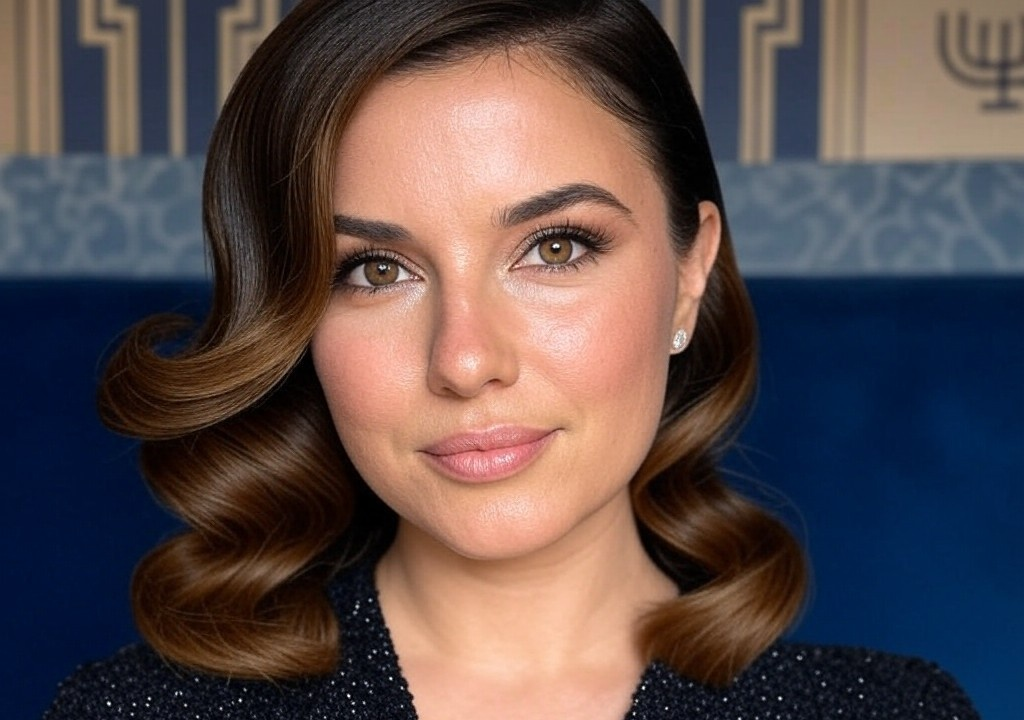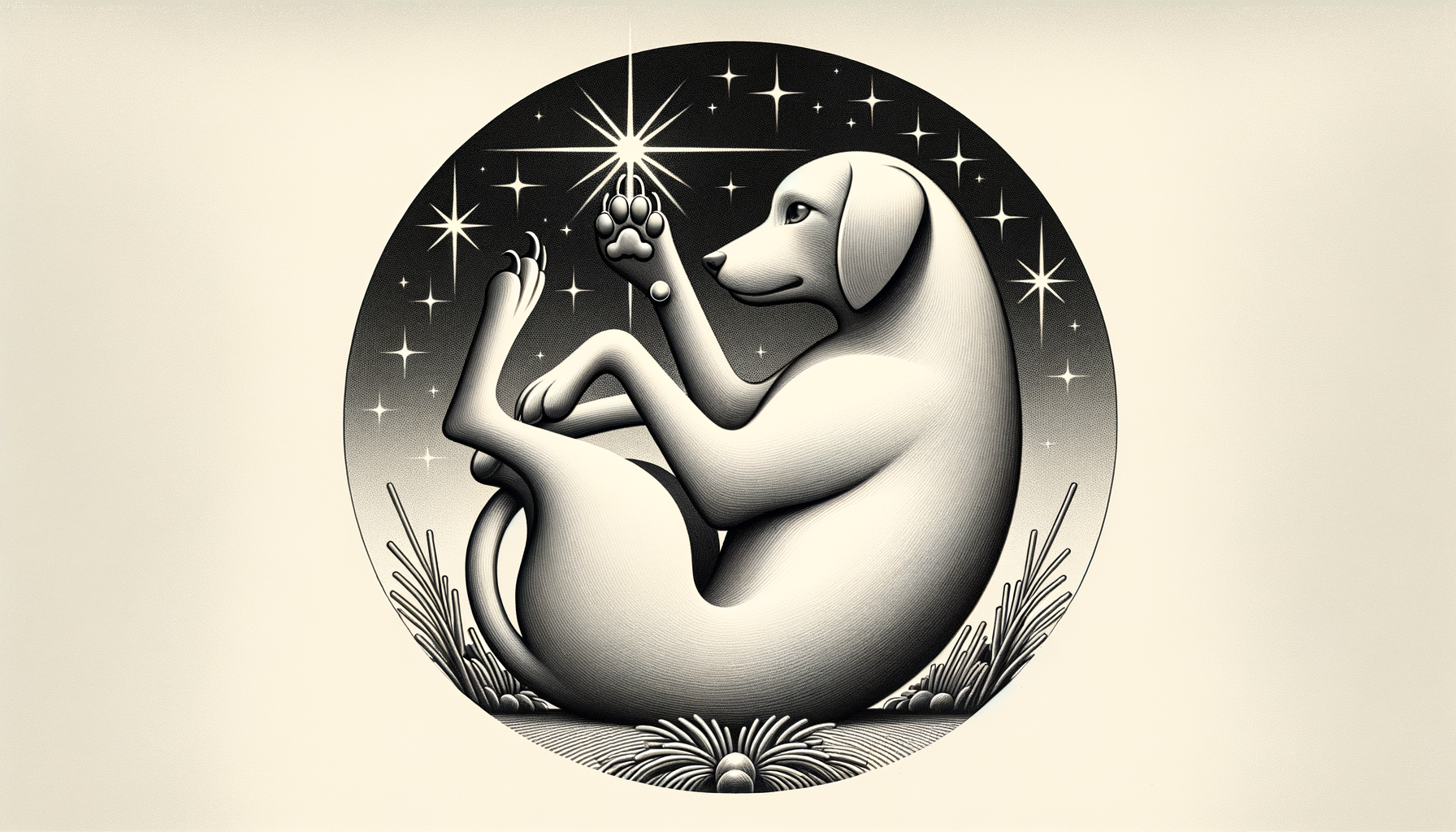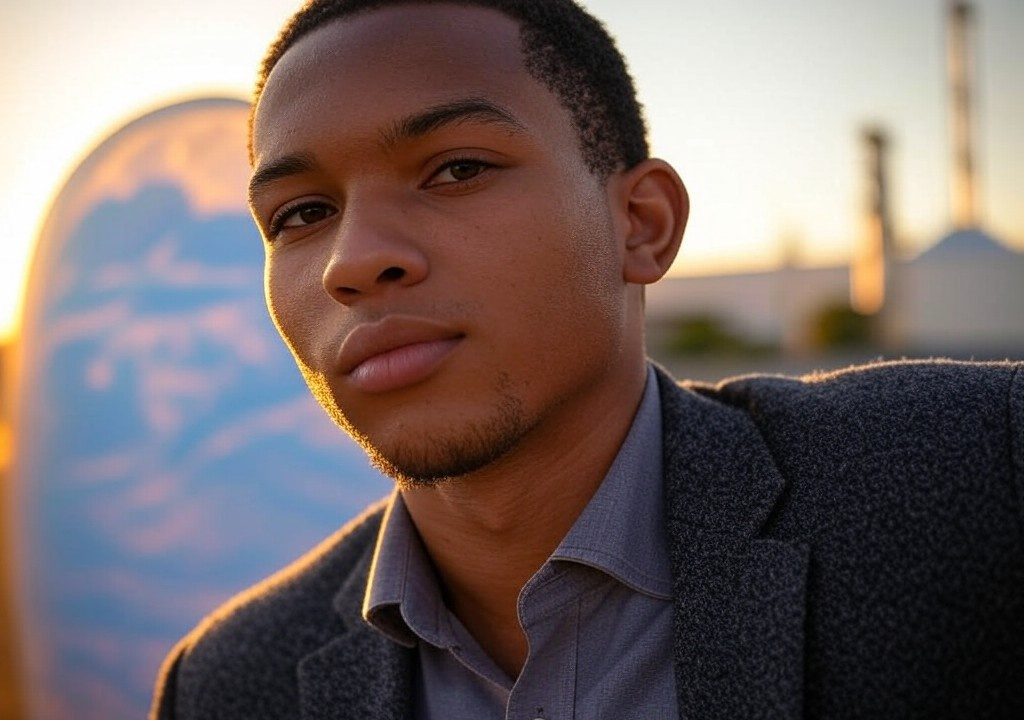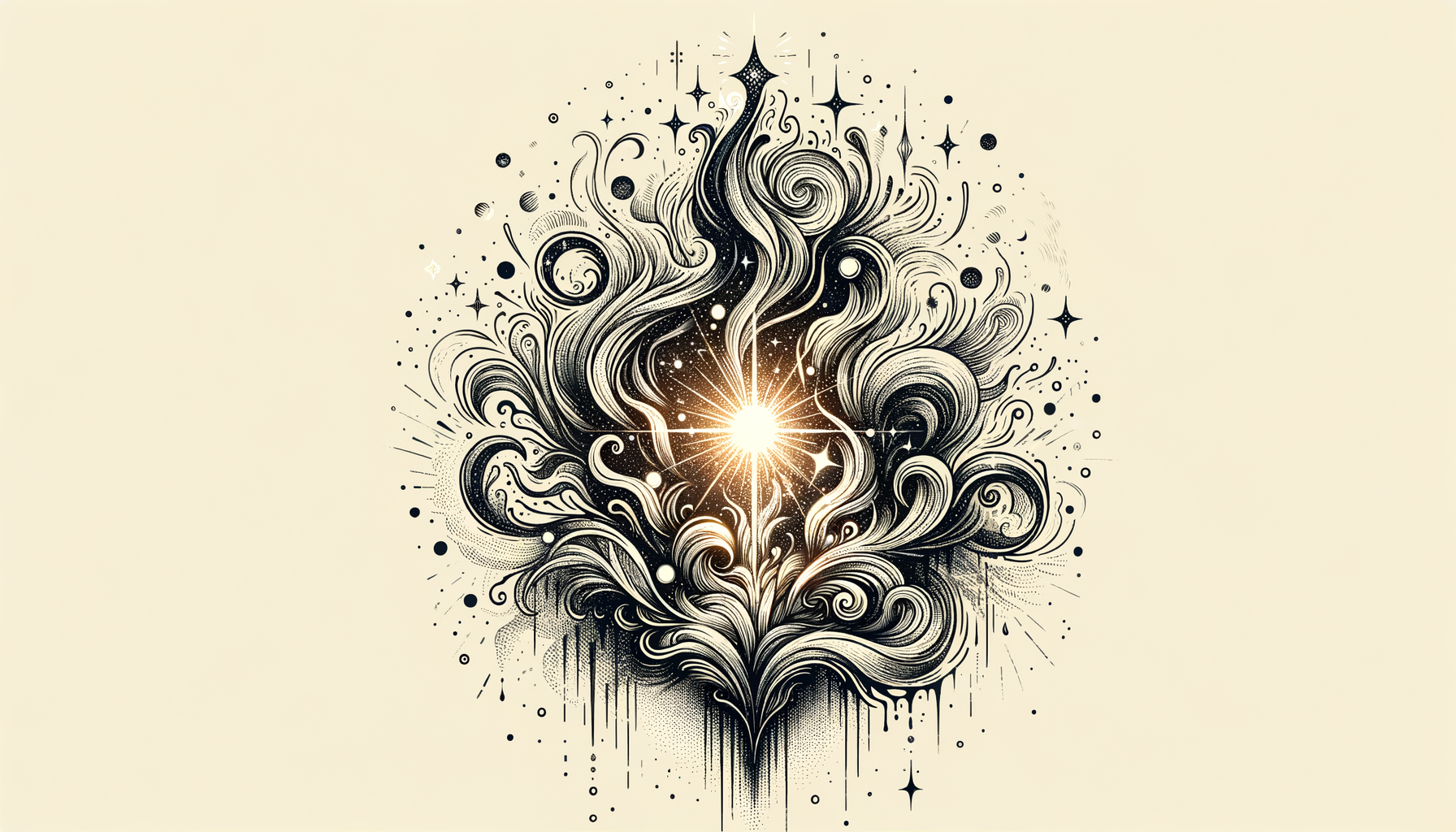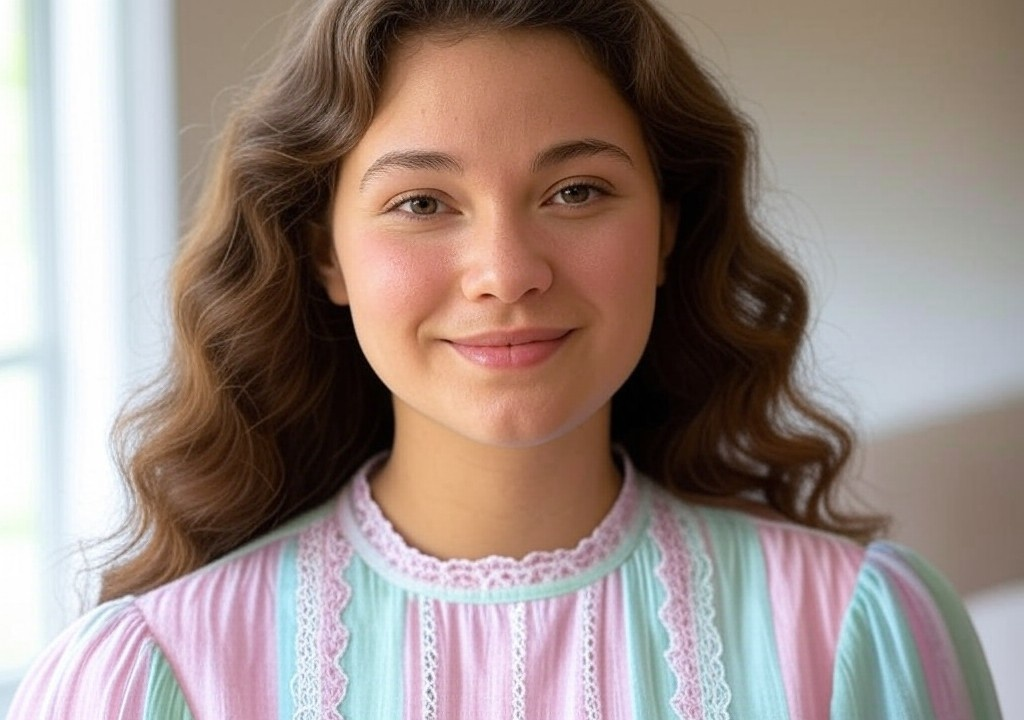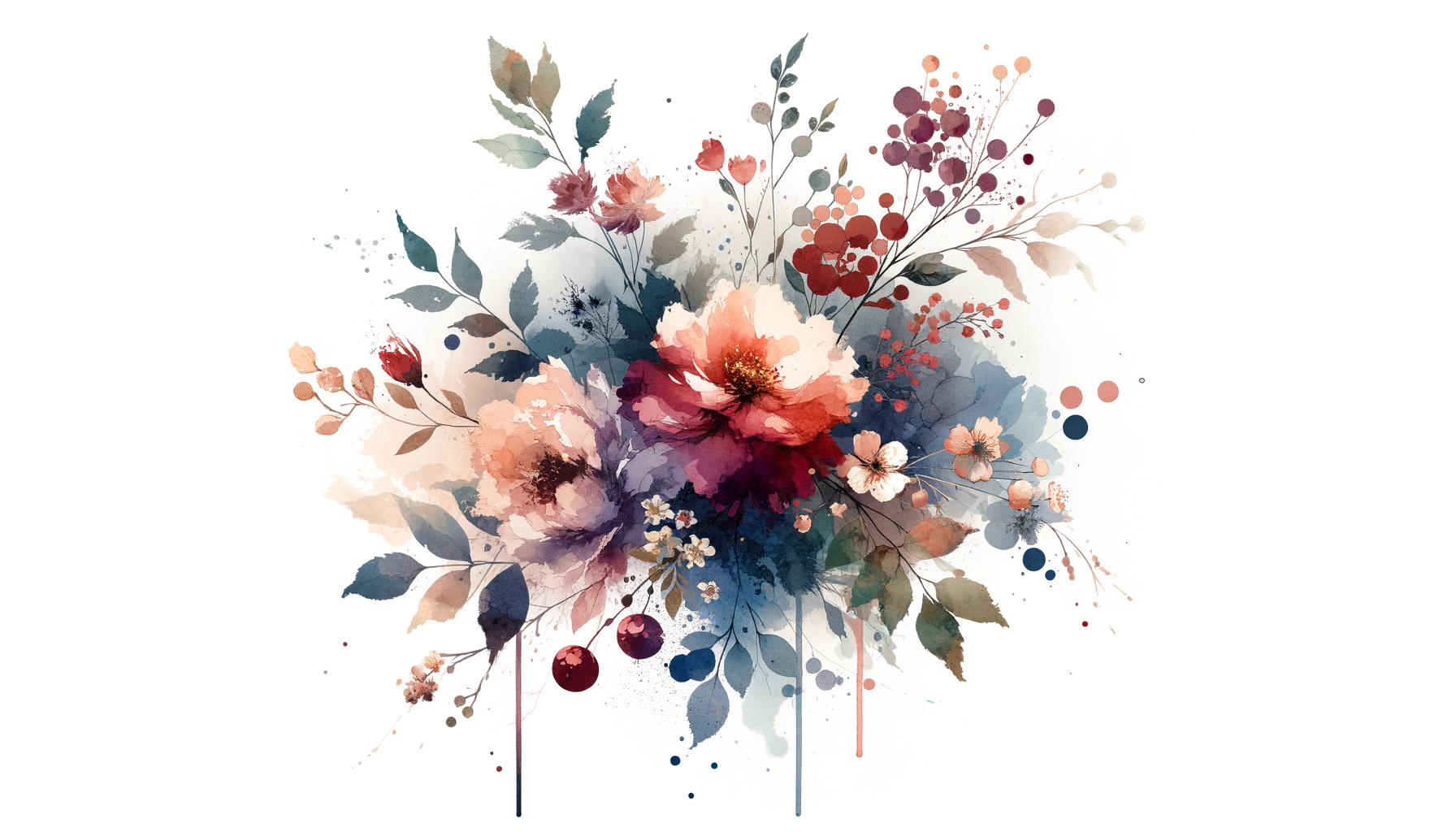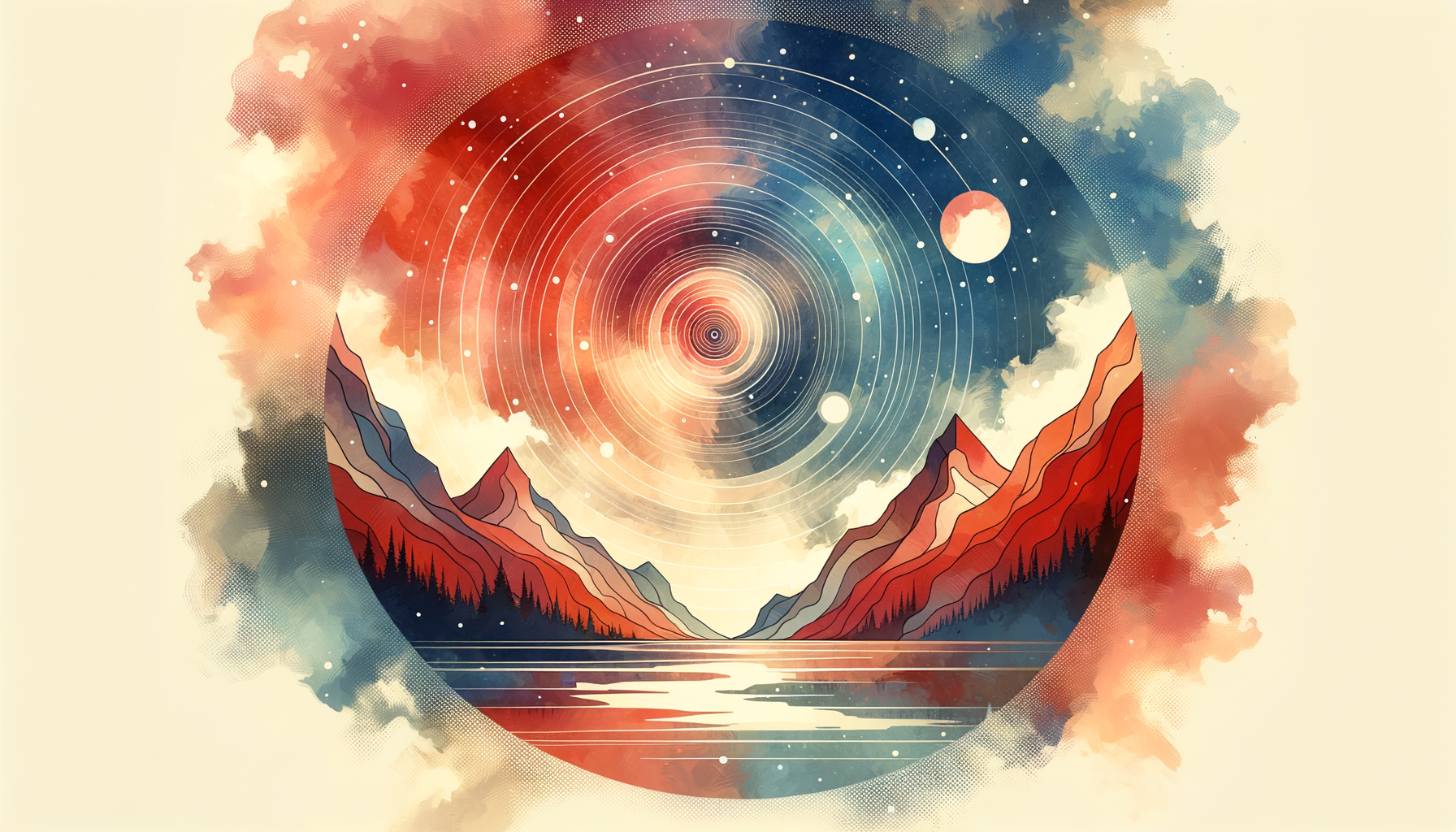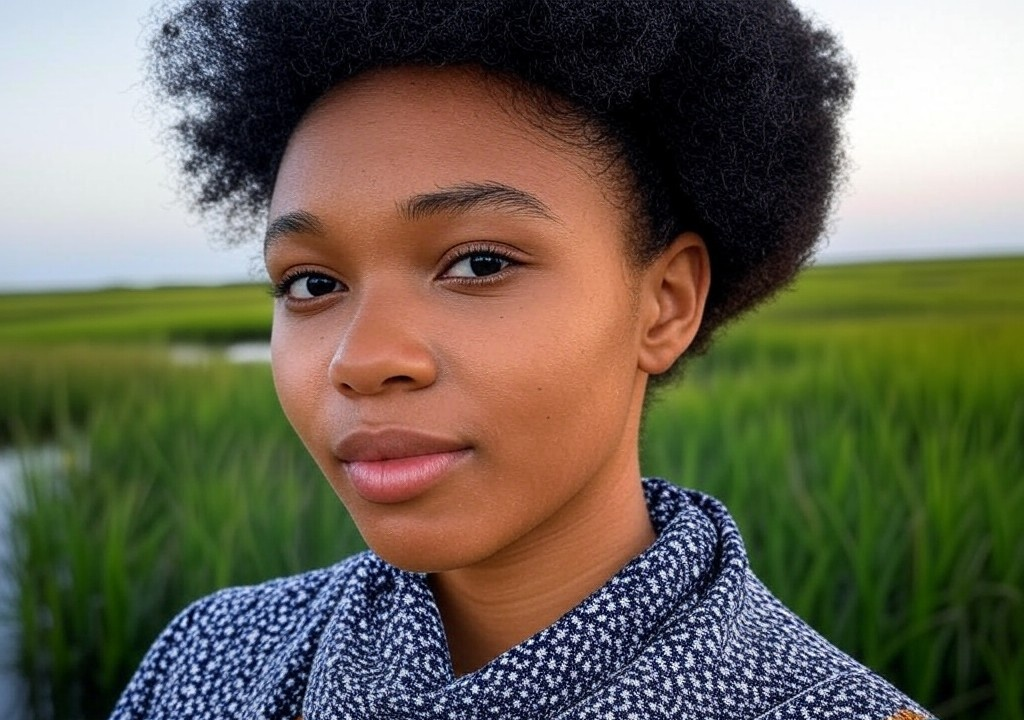It all started with a bridge. Or, should I say, the lack of one.
I was seven years old, standing on the edge of the Gros Ventre River, staring wide-eyed at the makeshift “bridge” my older brother had thrown together: two wobbly logs balanced over the rushing water that was, at least in my young mind, aggressively intent on sweeping me to my doom. My brother—older, bolder, and incapable of fear—was halfway across, shouting back something about how he'd find a moose or catch a fish (or both). I stayed rooted to my spot, one thought looping in my brain: “Nope.”
It wasn’t just the bridge, though. That moment became the face of my lifelong struggle: a deep, gnawing fear of anything that felt unstable. Ladders? Forget it. Tightrope walking? Pass. Relationships that started to show cracks? You bet I ran. Over time, that fear grew roots in unexpected ways—dictating choices, sabotaging trust, convincing me repeatedly that staying on solid ground was safer than risking the fall.
Turns out, life doesn’t work like that. And eventually, I had to stop letting fear call the shots.
Learning to Trust—Starting With a Horse
Fast-forward two decades, and I’m back in Wyoming, working as a guide on a ranch. One morning, my trail group was assigned to a horse named Jupiter—a big, muscular gelding with a suspicious glint in his eye that seemed to say, Try me. I wasn’t thrilled. I prefer horses that mind their own business, the type that settle into the rhythm of the trail with no drama. Jupiter, I suspected, was the opposite.
About an hour into the ride, just as we crossed a clear, shallow creek, Jupiter decided to spook. Without warning, he bolted, hurling himself up the muddy bank and dragging me along for the ride. The reins burned in my palms; my heart felt ready to launch itself into low orbit. Everyone else in the group just froze, watching me wrestle an animal the size of an RV.
But by some combination of instinct, training, and sheer stubbornness, I got Jupiter under control. My pulse inched back to normal as I stroked his neck and murmured reassurances. And, as I stared at the crooked hoof-prints we’d left behind, a strange realization hit me: Jupiter wasn’t running because he wanted to knock me off. He was reacting to his own fear. That moment stuck with me for weeks—the primal truth that fear doesn’t always mean failure. Sometimes, fear is just part of the ride.
The Fear I Was Really Dodging (Hint: It Wasn’t the Horse)
It wasn’t as if I magically banished my fear after wrangling one rogue horse. Honestly, it isn’t that easy. Fear of instability—of wobbly situations, unpredictable outcomes, and emotional uncertainty—isn’t confined to rivers or horses. It sneaks into your life in quieter ways. For me, it showed up every time someone tried to get close.
Relationships had always been tricky terrain for me. At first, things were fine—the charm, the laughs, the fun. But then came the tipping point: vulnerability. Showing those jagged, uneven pieces of myself that I tried to keep tucked away? No thanks. Instead, I convinced myself that maintaining distance kept me safe. And yet, as the years ticked by, I started seeing the cracks in that strategy. Loneliness isn’t half as safe as it pretends to be.
My epiphany came, funnily enough, through my job as a park ranger.
One autumn afternoon, I met a man at the foot of Inspiration Point—he had blond hair, mismatched hiking boots, and a knowing smile that practically whispered, You’re stuck, aren’t you? He didn’t pry or offer unsolicited advice. He just shared his thermos of coffee while we watched the Tetons dance in the afternoon light. “I used to be afraid of failure,” he eventually said, so casually it felt like we were talking about the weather. His solution? Deciding failure wasn’t the enemy; staying stuck was.
I walked away wondering how much of my own life I’d spent stuck because I was scared to fall—or maybe scared to feel. What if risking the tumble really was the whole point?
One Wobbly Step After Another
I wish I could say I leapt into a fearless new mindset like some sort of action-movie hero, but no. In reality, learning to take risks—whether on a hiking trail, horseback, or in relationships—felt like watching a toddler’s first steps: awkward, stumbly, and full of narrow escapes.
Here’s what nudged me forward:
1. Admit the fear. Turns out, naming your fear takes away some of its power. Instead of dodging it, I started telling people (friends, dates, even myself) what scared me. Spoiler: They didn’t laugh or run away—they listened.
2. Shift the goal. Growing up, I thought bravery meant being fearless. Now I know it’s just deciding fear isn’t worth missing out. Every choice—connecting, loving, trusting—is a practice, not a test.
3. Start small. When vulnerability felt too huge, I found smaller ways to “practice.” Saying yes to a hike that seemed just above my skill level. Sharing stories I’d kept to myself. Letting someone else carry part of the load, emotionally speaking. Each micro-step built confidence.
Here’s the Thing About Fear
Fear wants to stick around, whispering doubts each step of the way: Is this really worth the risk? What if it all goes wrong? But here’s what fear doesn’t understand: Even if you fail—and full disclosure, you probably will now and then—the tumble is almost never as bad as you imagine. What’s worse is staying stuck in the illusion of safety while life rushes by like the icy waters of the stream I’d been too scared to cross all those years ago.
These days, I still flinch when something (or someone) feels unstable. But I’ve learned to lean in anyway. I can thank Jupiter the horse for galloping that lesson home, though it’s been refined by the people—and relationships—that I've slowly trusted to teach me. Turns out, crossing that bridge doesn't mean you're fearless—it just means you're moving forward.


